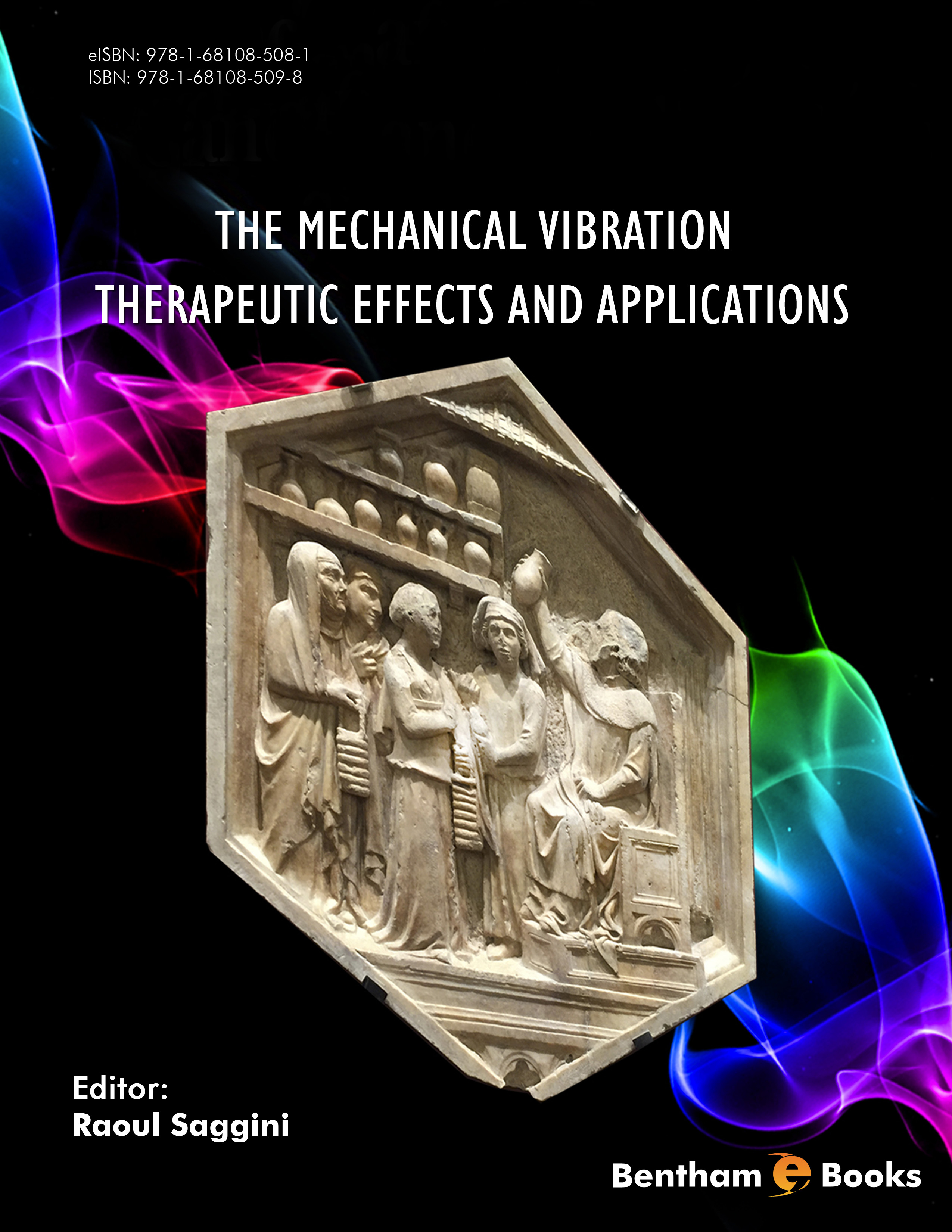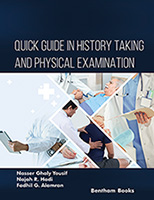Current evidence shows that the entire Universe vibrates; gravitational waves may be regarded as ripples in the curvature of space-time propagating in an oscillatory fashion and travelling outward from the source.
Any given complex body is capable of vibrating in several different ways, each one being characterized by its own frequency.
The inorganic matter is made up of atoms that are in a constant state of motion; depending on the atomic speed, inorganic matter will exist in a solid, liquid, or gaseous state. By the same token, the human body is made up of atoms in continuous vibration, the latter being necessary for the homeostatic maintenance of the organism.
Several essential cellular processes, including cytoskeleton activity, enzymatic reactions, chromosome packaging and replication, nucleic acids transcription and translation, and protein folding and unfolding, generate forces resulting in intracellular movement. For instance, protein polar oscillation during cell division and cytoskeleton assembly greatly contribute to such intracellular dynamics by generating polarizing ionic currents and charge-induced nanoscale movements. The net effect of these events is the vibration of the entire cell and its components.
It is currently thought that the transduction of intracellular movements allows the cell to emit vibration waves carrying information about intracellular metabolic status. The latter mirrors the energy internal to the cell, being the proportional to intensity and frequency of the ensuing vibrations.
Mechanotransduction analysis assesses the causal relationship between mechanical forces, intracellular signaling, and subsequent changes in cell behavior. Indeed, mechanical forces seem to play a crucial role in several aspects of living tissues, including organization, growth, maturation, and normal functioning.
Physical signals are known to travel faster than signaling through chemical mediators, the latter being limited by dependence on diffusion. Accordingly, physical signals appear to represent a more effective way of cell signaling whenever a rapid response is required.
The human body is constantly subjected to vibrations deriving from the surrounding environment, including sources such as industrial machinery as well as common means of transport (terrestrial, nautical, and aerial). Overall, such vibrations may be viewed as different forms of the same primitive mechanical oscillation – i.e., endless “variations on the theme” acting at both the macroscopic and the microscopic level. Any vibration or oscillation will induce a tuning response by the cell through changes in signal transduction, resulting in potentially healthy (therapeutic) or adverse effects. Indeed, to quote Paracelsus, «Omnia venenum sunt: nec sine veneno quicquam existit. Dosis sola facit, ut venenum non fit».
In sum, it appears indisputable that nothing rests: everything surrounding the human body vibrates at an exclusive frequency, and so does the human body. Accordingly, it seems crucial to develop a deeper understanding of the physical parameters of vibration (amplitude, frequency, direction of the stimulation, and duration of the exposure), as well as to gain better knowledge regarding ways to modulate vibrations in order to improve body homeostasis by means of:
-
relief of pain and pathological inflammation, both acute and chronic;
-
bone and soft tissues regeneration, and musculoskeletal functional improvement;
-
amelioration of common neurological diseases, including motor impairment.
My hope in writing this book is to clarify further the medical role of vibrations in improving human health.
Raoul Saggini
Full Professor, Physical and Rehabilitation Medicine
Department of Medical Oral and Biotechnological Sciences
Director of the School of Specialty in Physical and Rehabilitation Medicine
“Gabriele d’Annunzio” University, Chieti-Pescara
National Coordinator of Schools of Specialty in Physical and Rehabilitation Medicine
Italy









